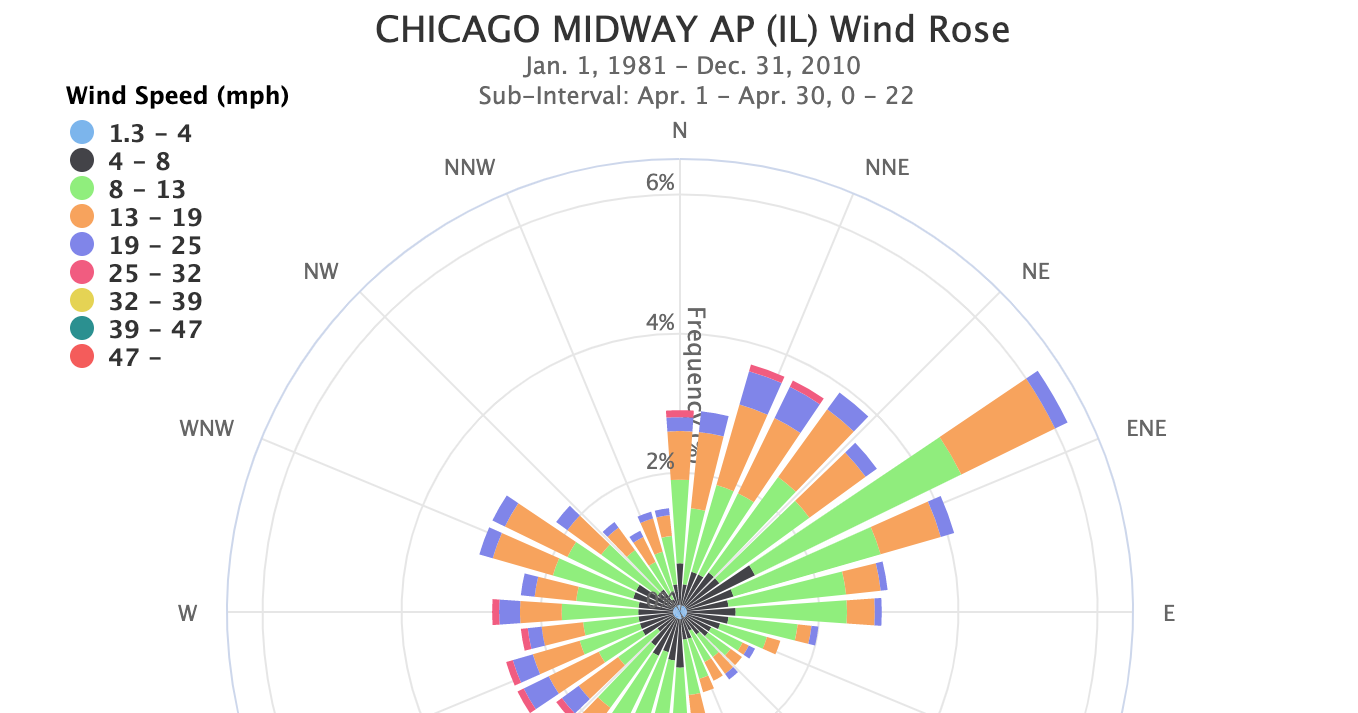I don't understand what you are trying to convey. Not saying I disagree with it, I'm saying I'm too dumb to understand what you are saying.
Here's a screen shot of one PWS on Weather Underground (Wundermap) that shows historical data. It can be shown as daily, weekly, or monthly. I would assume most of us would want to see the monthly data for our purposes. If one wants to see a comparison from year to year, that is also possible but it just takes a little more clicking.
But as I said earlier, this is data from a personal weather station which only shows surface data, not prevailing wind data. Surface conditions can change in a matter of just a few yards so I'm skeptical that PWS data would be reliable for wind predicting, especially in hilly terrain. I would much rather see prevailing wind data and then apply it to my knowledge of wind behavior based on the terrain where individual stands are located.
View attachment 44741



